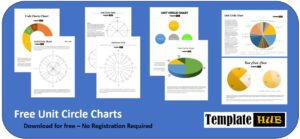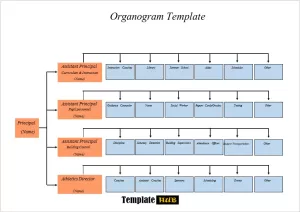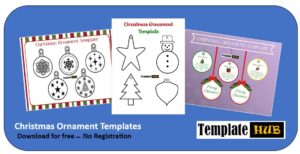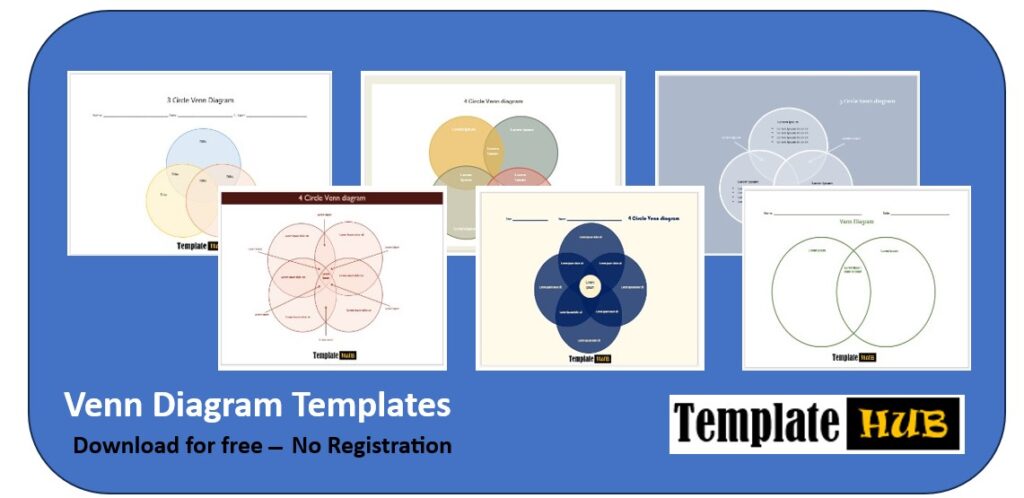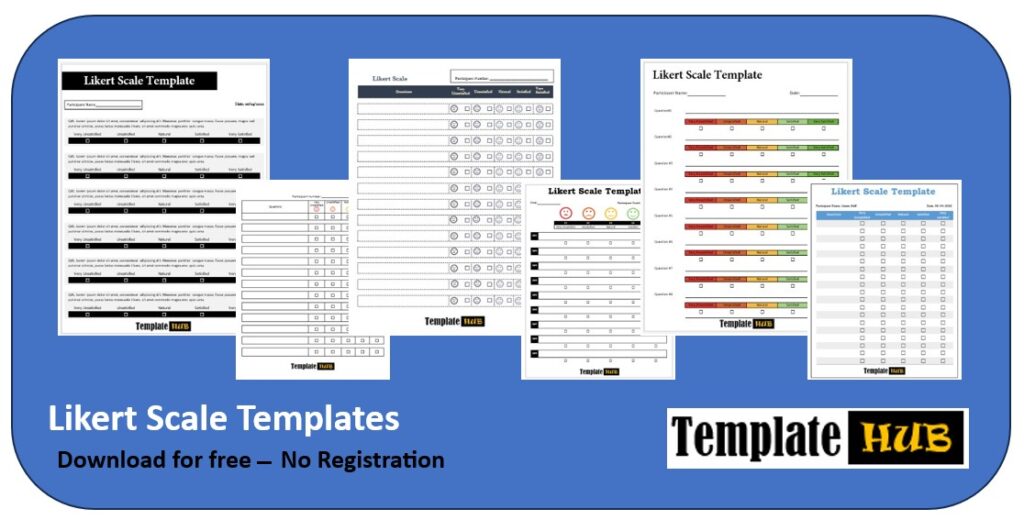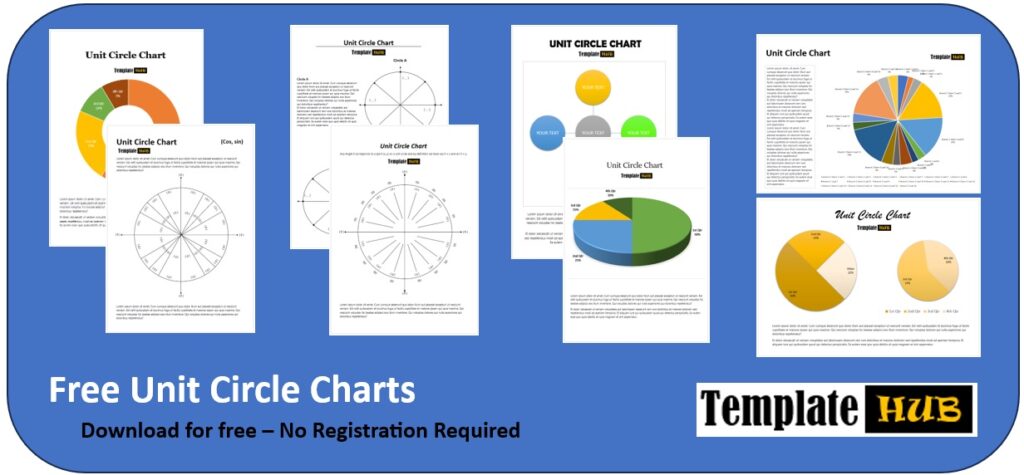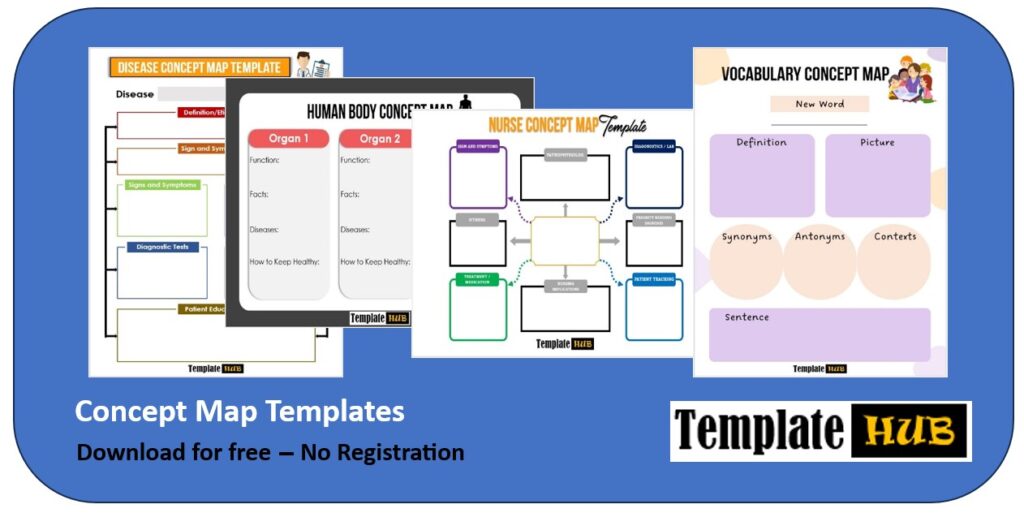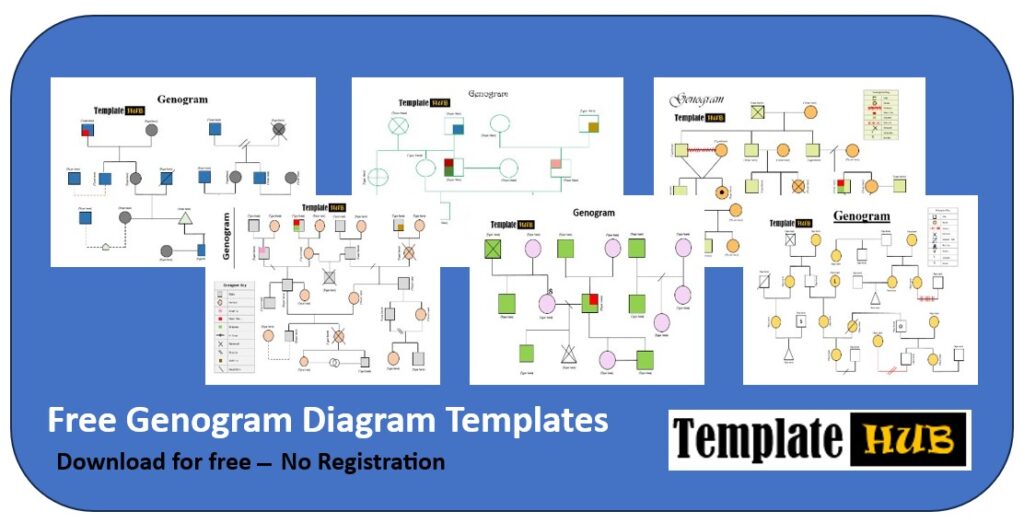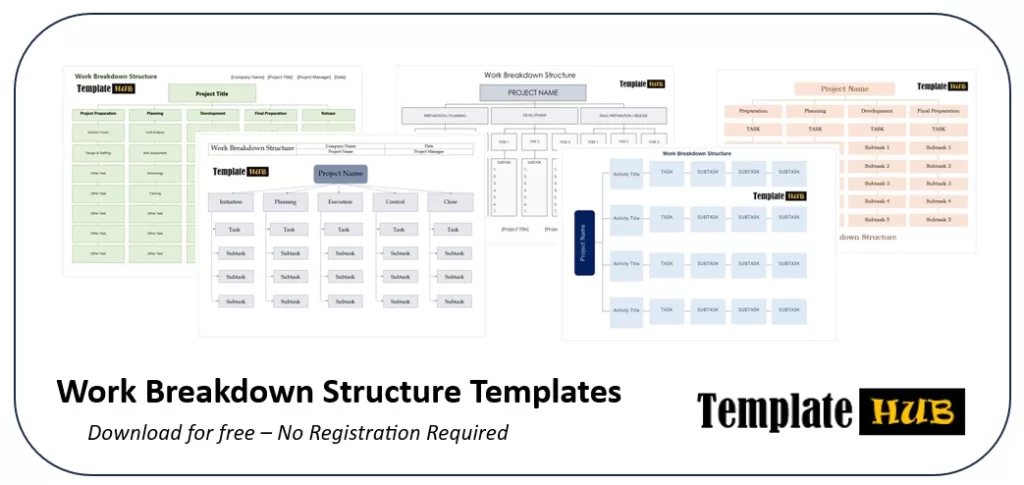A Foot Reflexology Chart is a picture map of reflex points in the feet corresponding to internal organs and systems of the body. Ancient healing practices established reflexology on the principle of pressure areas of the feet as stimulating parts of the body, promoting relaxation, reducing stress, and enhancing overall health. These charts would be very important tools for practitioners and enthusiasts for culminating therapy because it helps one target the right area one wants to use for treatment benefits, as the foot has been divided into various zones for each organ, gland, or bodily function, to assist in the restoration of proper balance and good circulation all over the body.
Applying a reflexology chart could assist an individual in performing self-care techniques or in helping someone else alleviate some pain, gain energy, and enable natural healing. These charts would be an easy and effective way to support holistic health by applying pressure for professional treatment or personal wellness.
A Brief Explanation of Foot Reflexology Chart:
Reflexology of the foot deals with specific points on the soles of the feet that are associated with various internal organs of the body. A foot reflexology chart visually shows these connections in a very detailed chart. The bottom segment of the feet has been divided into several areas and zones with the corresponding name of the related organ inscribed against it. The two major foot reflexology charts have in common the division of feet whereby they are broadly divided into four categories, pelvic, abdomen, thoracic, and cranial, whereas further subdivision under each area refers to the organs such as the eyes, ears, liver, heart, stomach, uterus, and thyroid gland. Basically, this chart is to give a fundamental idea of how stimulating different areas on your foot can influence a variety of parts across the body.
Free Foot Reflexology Charts:

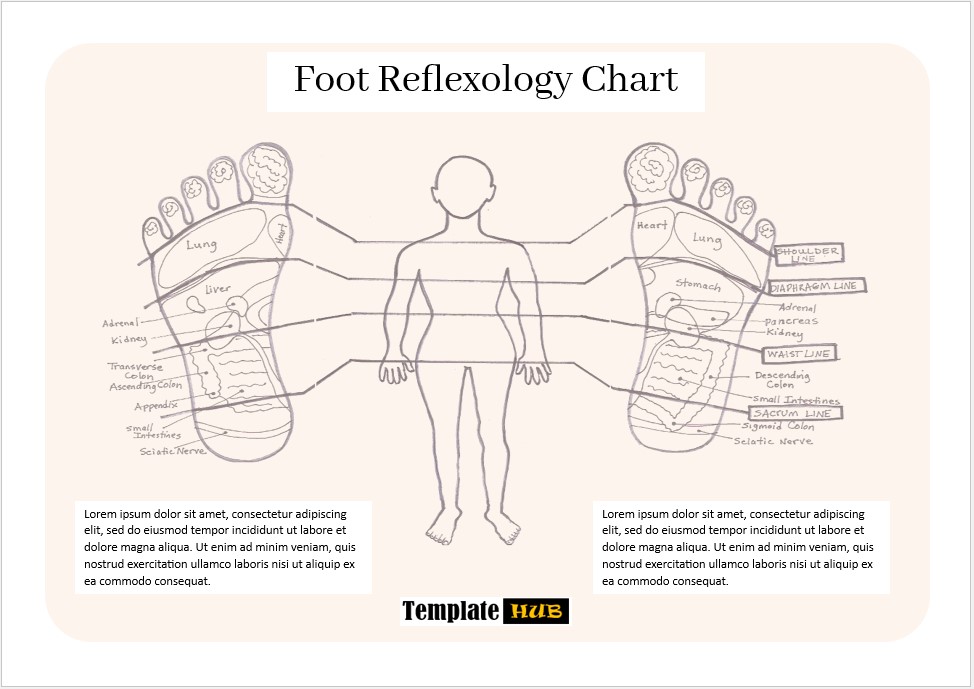
Uses and Importance of Foot Reflexology Chart:
Foot reflexology charts are commonly viewed by people as some mere cultural practices like foot massages but are totally different from those. Many cultures around the world have their different ways of traditional medicine as opposed to modern medicine. Some of these traditional cures really cure while others are evidently mythical. Acupuncture is a well-known method of relieving stress in China and is recognized all over the world. For some, poking dozens of needles into the skin harbors relaxation and calmness. Others, however, regard it as just a fancy mythology. It’s important to distinguish that just essentially rubbing or massaging your feet is somehow different from reflexology, whereby pressure is applied to certain zones on the feet to trigger nerve signals to other parts of the body.
Foot Reflexology, based on the concept of Qi or in simple terms the energy flow within the human body, believes that every energy has flow within the body from one body to another and should ideally move without obstruction. Stress, depression, or any physical injuries disturb this energy flow resulting in a lot of pain and discomfort. Reflexology believes that each part of the feet has a connection with the other body parts, stimulating a specific area in the feet would send signals to the corresponding organ and clear pathways for Qi removing any blockage along the way. Most times followed by relaxation and calmness immediately.
Market Practices of Foot Reflexology Charts:
Energy Balance:
According to what has been said, the principle of a foot reflexology chart is the unobstructed flow of energy or Qi in the body. It is important for the energy to flow freely and without any interruptions to be effective in generating balance and optimum health. Touching select areas of the feet sends energy signals to related organs in the hopes of eliminating blockages disrupting the Qi.
Normally, the reflexology map is divided in such a way that each foot corresponds to the related organs on the same side of the body: i.e. the right foot organ connects with the right ear, right eye, right lung on the right side, while the left foot connects with left body organs. This is expected to normalize the specific therapeutic effects that really assist in improving health and wellness in general.
Improved Circulation:
Maybe there are indeed some blood vessels or nerve paths that may connect each organ of the body to certain parts of the feet, more as we delve deeper into the theory of Qi. The pressure exerted at certain points of the feet would accordingly stimulate the corresponding organs and increase the blood flow to this particular area. Increased blood circulation would consequently result in enhanced circulation throughout the body, resulting in improved health generally.
The idea, entirely traditional in its origins, has, however, found its place in modern explanations of how stimulation of some points acts on distant areas of the body through nervous and vascular connections. Such is the importance of reflexology which emphasizes this interconnectedness of systems of the body with any possible advantages of applying pressure strategically.
Instant Relaxation:
Studies have shown that reflexology can bring instant feelings of calmness and relaxation to the body. It is based on the idea that applying pressure to specific foot reflex points associated with other organs, like the stomach, liver, or uterus, could help relieve discomfort. The assumption is that the above-mentioned technique would relax the muscles to which these organs are related, as would any other stress relief one might get from a massage. The method apparently brings about relaxation through stimulation of cranial nerve pathways or by enhancing blood circulation, thereby reducing tension in the body and promoting overall wellness.
Release of Healthy Chemicals:
Endorphins are produced inside the human body, as if they were painkillers, and are usually accompanied by feelings of relaxation. It is why they have been dubbed “happiness hormone,” as well as being able to induce a sense of well-being at the same time along with diminishing the recognition of pain. Usually, treatment in conventional medicine would entail methods that would arouse the secretion of endorphins to block the sensation of pain or lessen anxiety. On the contrary, foot reflex therapy appears to be way more natural in bringing about the secretion of endorphins without having to take in any pills.
Foot reflexology is a therapy that applies pressure at prescribed points on the feet that correspond to certain parts of the body. It is said to stimulate the body’s self-healing through the release of endorphins, enabling one to experience a measure of self-pain relief as well as detoxification for general improvement in health and relaxation without side effects often linked to certain drugs.
Health Improvement:
Of course, feet reflexology has a holistic effect on health because it has different physiological advantages. These include the following: release of endorphins, relaxation of the muscles, improved blood flow, and free-flowing Qi, or energy, throughout the body. Put together, they might improve immune system properties.
The assumption is that with reduction in stress, reflexology contributes by enhancing overall body functions for strength in the natural defenses of the body. Stress is known to weaken the body’s immune system, which makes it more prone to fall sick. Therefore, relieving stress and enhancing the circulation process, which improves the distribution of nutrients and more appropriate removal of toxins, enhances the body’s condition to maintain health and fight illness. That is why foot reflexology is never only about treating issues but is also regarded as a support practice for general well-being and immunity.

Kamran Khan is a seasoned blogger with a deep-seated passion for office document processes and the art of productivity. With a wealth of experience spanning over a decade, Kamran has become a trusted name in the blogging community, known for his insightful articles and practical solutions that help individuals and businesses streamline their daily operations.
